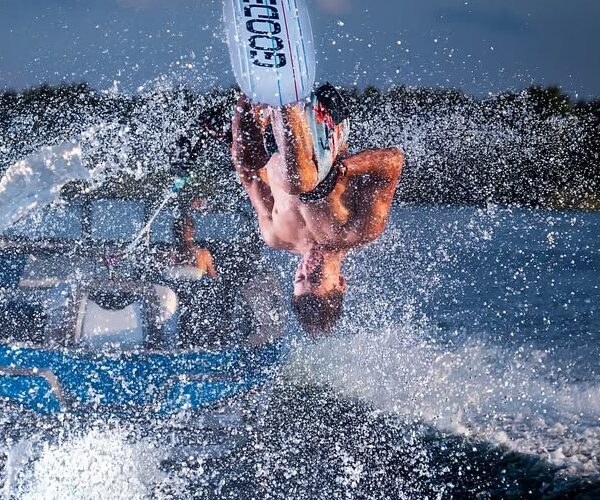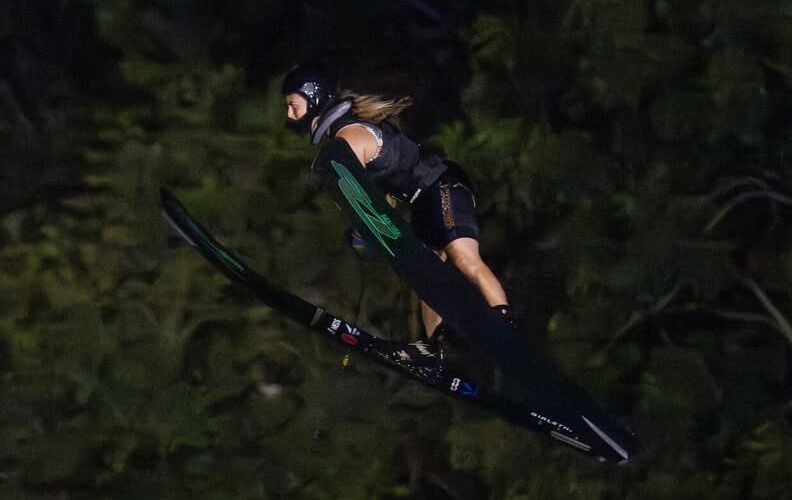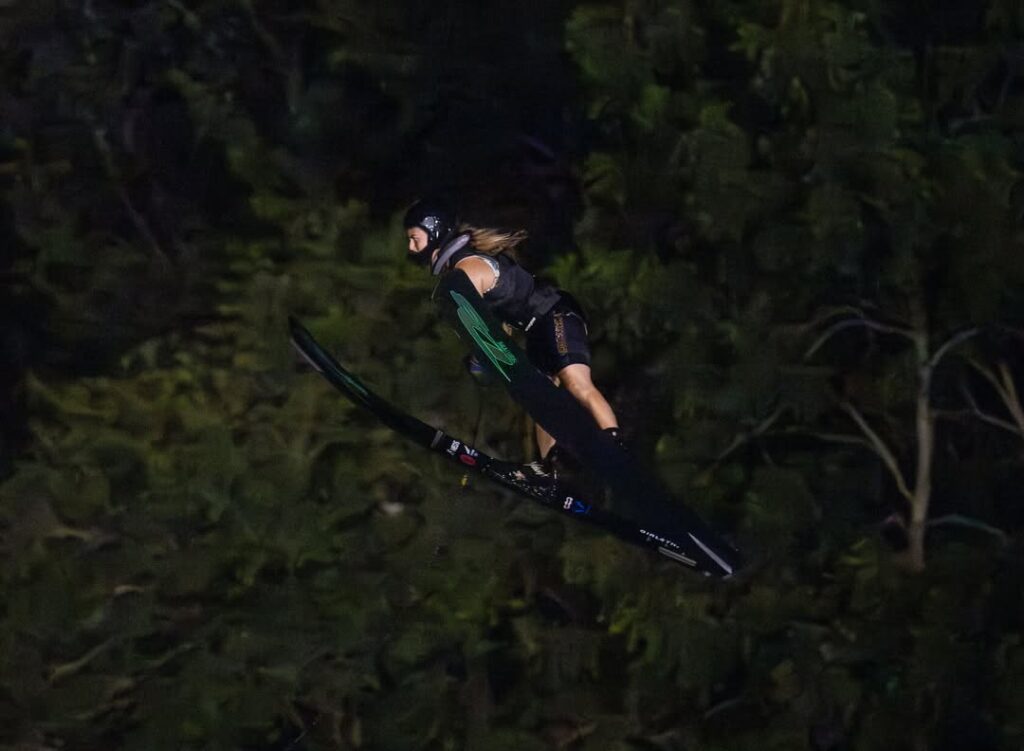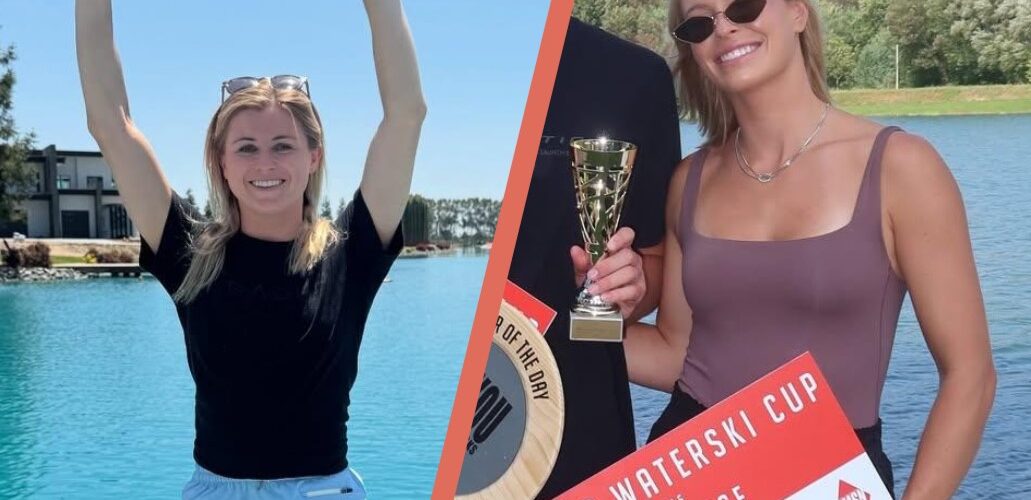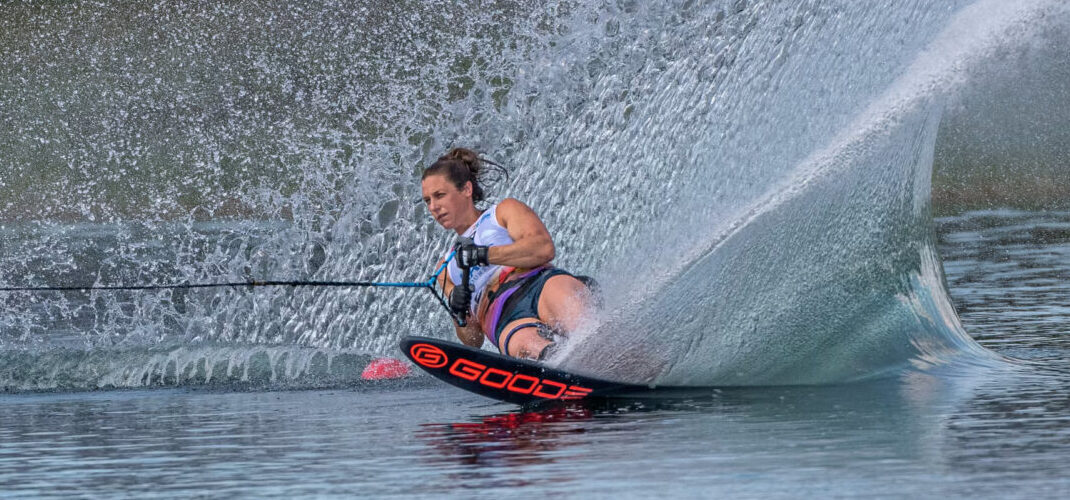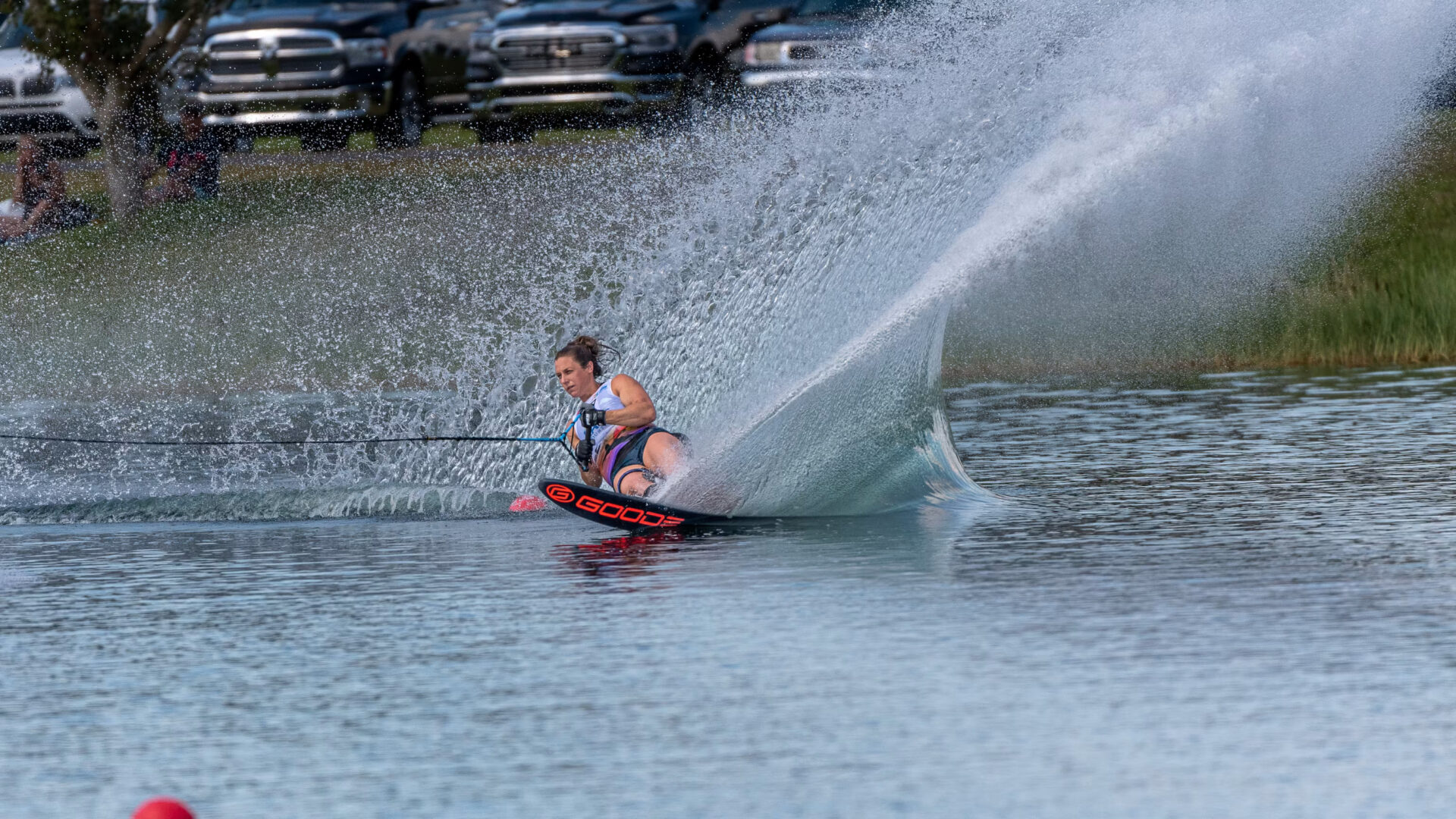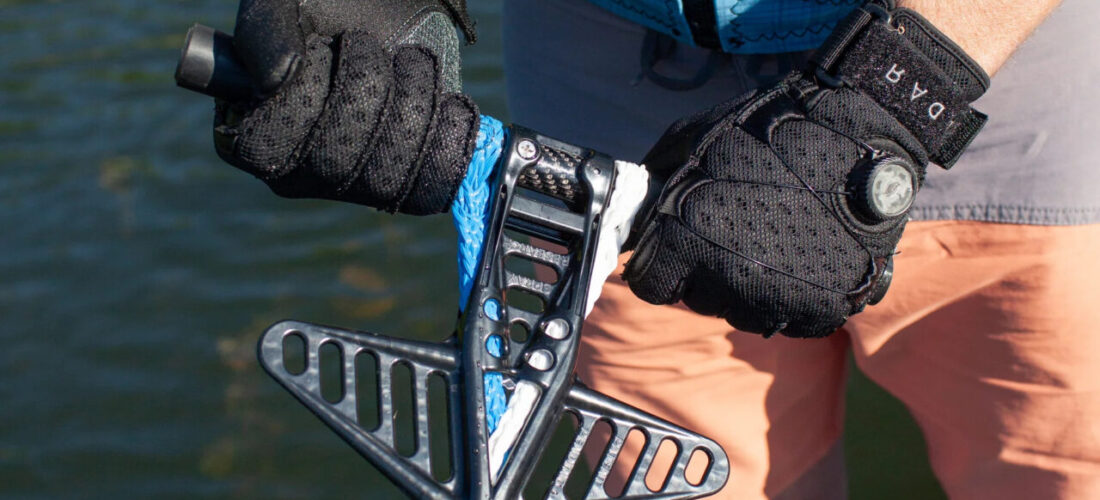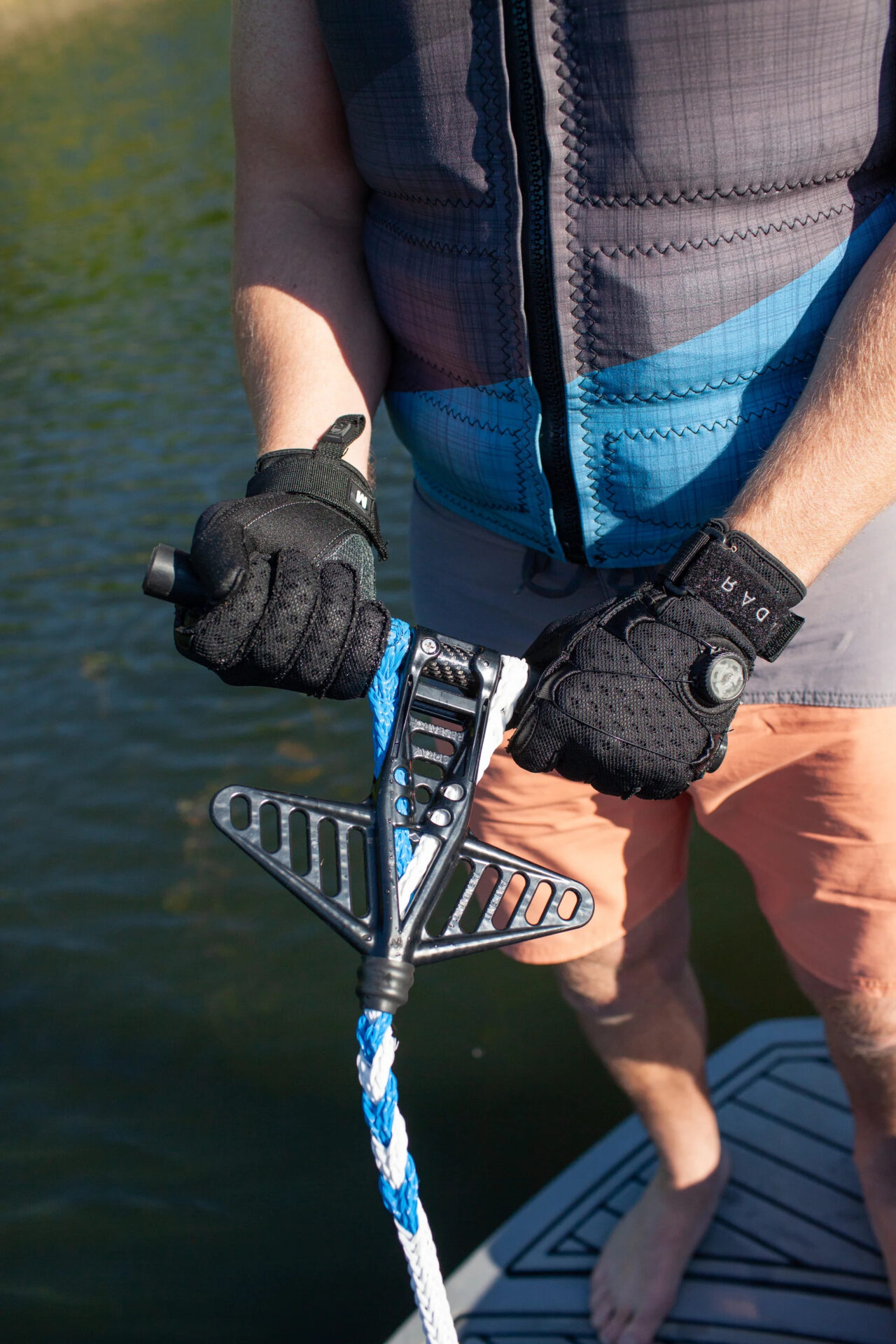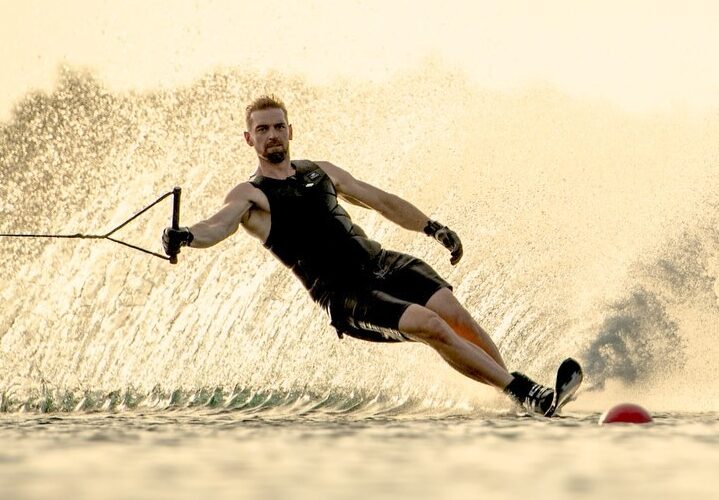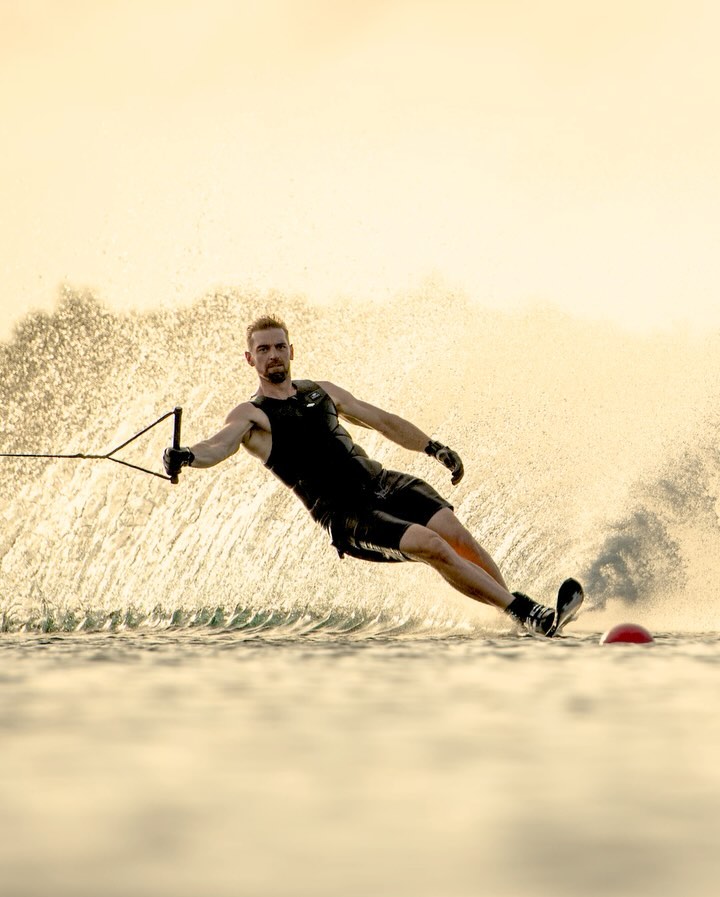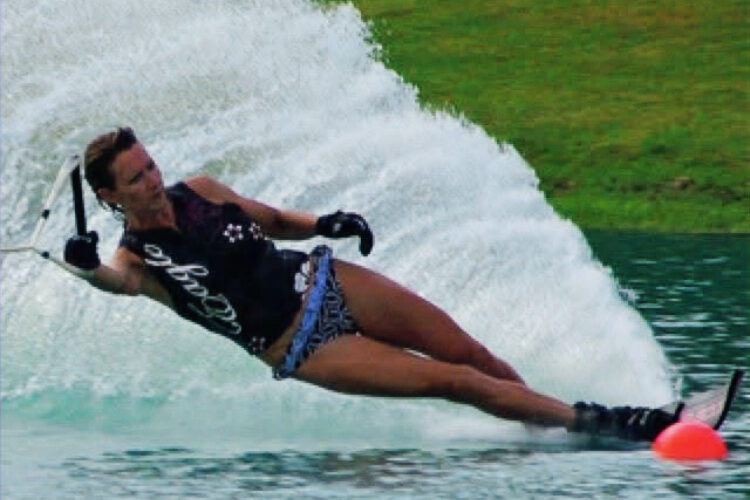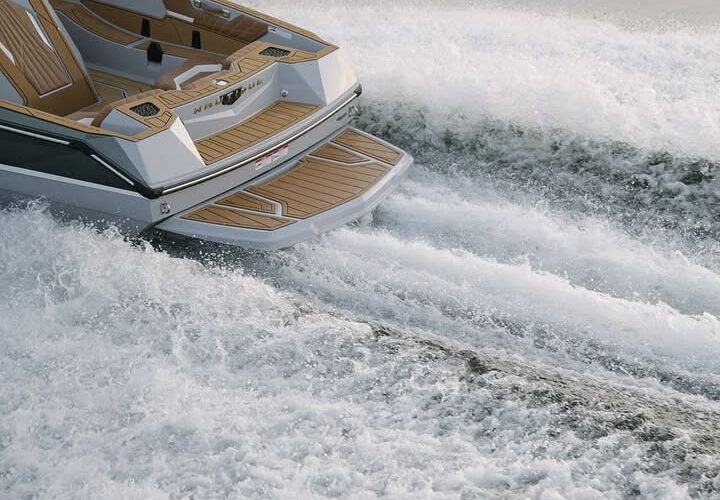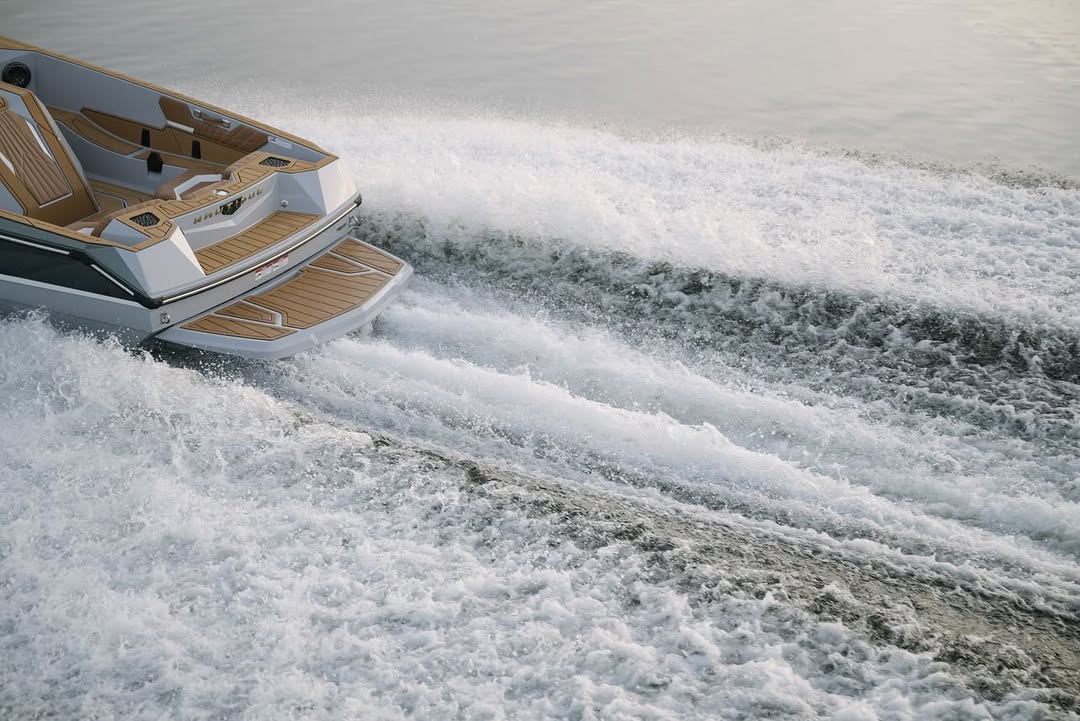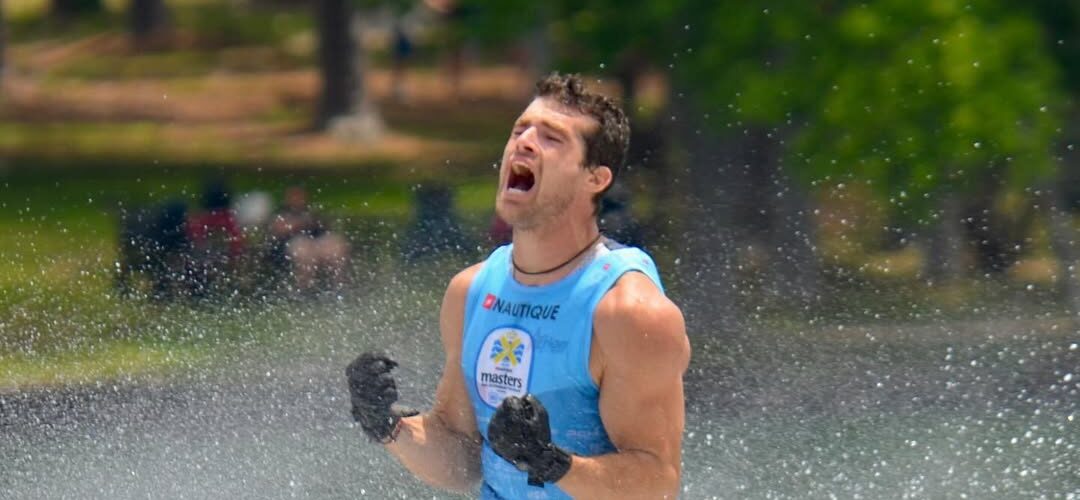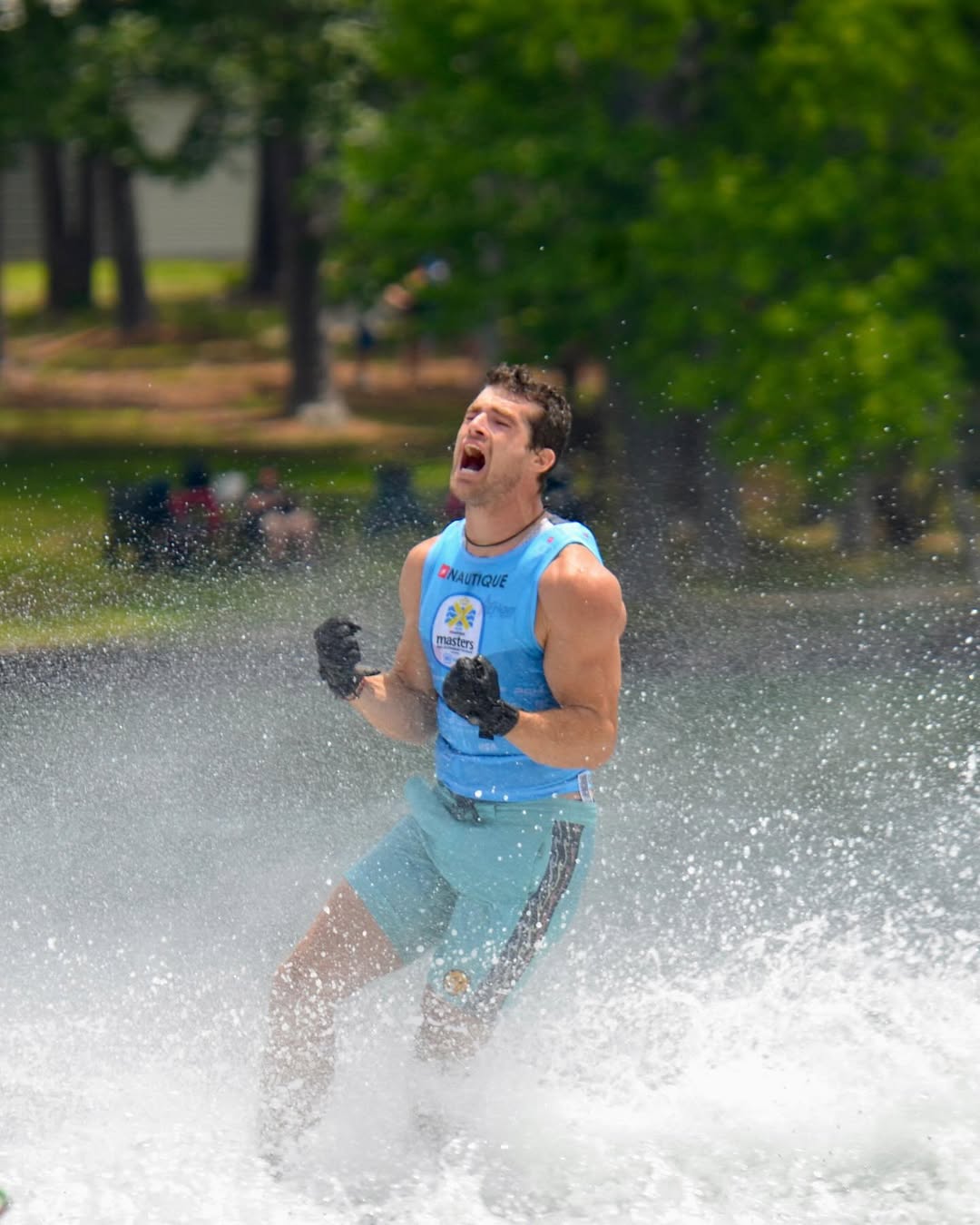Trick Skiing’s 13,000-Point Barrier Just Got Smashed
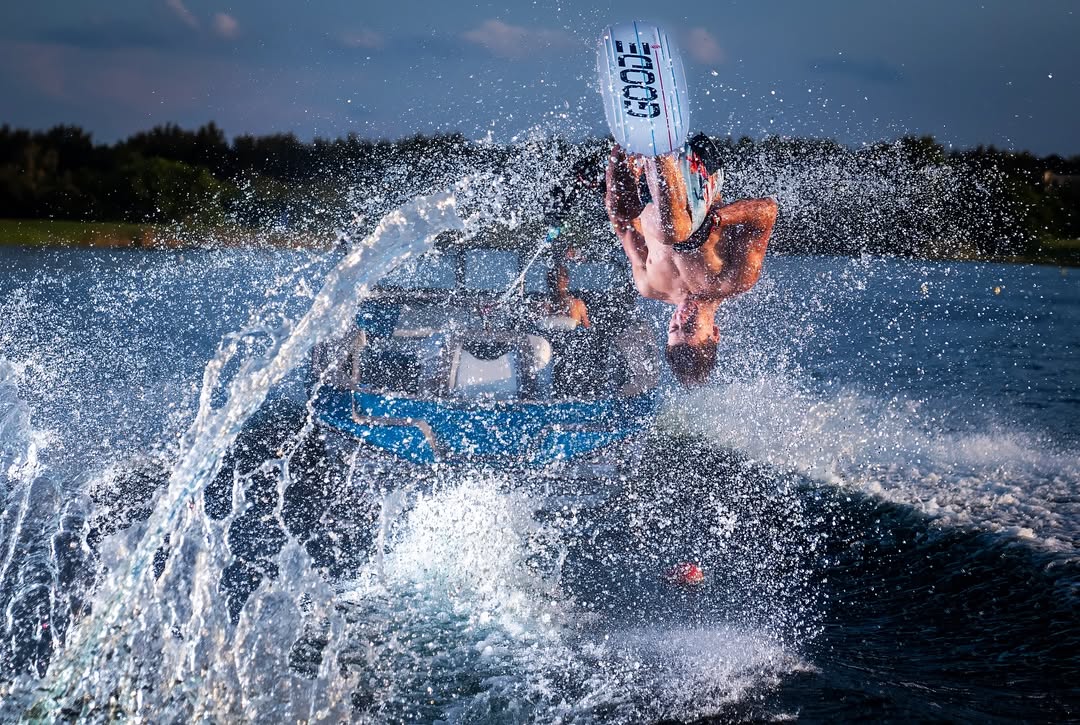
Image: Johnny Hayward
By Jack Burden
POLK CITY, FL — There was a time when 13,000 points in men’s trick skiing felt like a myth. A ceiling. A number whispered with admiration but dismissed with realism. This weekend, Jake Abelson achieved the unthinkable.
On a hot June weekend at Ski Fluid in central Florida, Abelson tricked 13,020 points in the first round of the Bill Wenner Memorial Record tournament. It was a staggering score—one that broke the world record, pending ratification. The next round, he went out and did it again. This time: 13,270.
In a sport where progress inches forward, he had just taken a leap.
In its early decades, the world record climbed by a thousand points every few years—1975, ’77, ’79, ’81, and ’84 each saw new milestones breached as Cory Pickos took the sport over the threshold of 10,000. But as the level of difficulty increased and the stopwatch refused to budge from its 20-second window, progress slowed. From there, each new thousand took longer to fall—six years to reach 11,000 in 1990, another 11 to reach 12,000 in 2001. But 13,000? That mark seemed out of reach. Until now.
From 2005 to 2022, only two men’s world records were ratified—170 total points of progress in 17 years. Trick skiing was often called the most stagnant of the three events. Then came a renaissance, kicked off in late 2022 by Mexico’s Patricio Font, who broke Aliaksei Zharnasek’s 11-year-old record. In the span of 18 months, the event transformed from glacial to white-hot.
That sudden acceleration in progression? It didn’t come from nowhere.
No one embodies that shift more than Jake Abelson.
Abelson is 17. His dad was an elite-level trick skier. His mom? A Junior Masters champion and a regular on the pro slalom and trick scene in the 2000s. His cousin is Patricio Font. He’s a second-generation athlete with deep family ties to the sport—raised with access to the best coaches, the best equipment, and the best ski sites in the world. His story isn’t one of accidental talent. It’s one of purposeful design.
What separates Abelson isn’t just his résumé. It’s the way he blends nearly every key ingredient that defines the modern trick skiing elite.
He has the raw power and strength of Zharnasek, enabling him to throw audacious tricks like wake-seven-front-to-front and ski-line-seven-back-to-back. He has the speed and precision of Font, unlocking the ability to squeeze in one more trick before the 20-second buzzer. And perhaps most importantly, he skis with the quiet poise of a gymnast who’s spent years training for perfection under pressure.
That’s not just metaphor. Jake still competes as a level 10 gymnast. Like Erika Lang, who transferred her tumbling background into becoming one of the greatest women’s trickers of all time, Abelson has brought aerial awareness and body control into a sport that now demands both in spades.
“In trick skiing, the goal is to perform as many high scoring tricks as possible in 20 seconds,” he said. “At a high level, more speed is required to add another trick or upgrade a preexisting one.”
Abelson spent last winter hammering one trick over and over—wake-seven-front-to-front, a brutally difficult 800-point move with a 720-degree spin and two handle passes. By April’s Swiss Pro Tricks, he could land it cleanly and on time, without derailing the rest of the run. In May 2024, he nearly broke 13,000 at a Masters Qualifier, missing the mark by inches—falling on the last two tricks. It was the proof of concept.
Fast forward to June 2025, and he executed.
But there’s a deeper layer to why this is happening now—and why it might not last forever.
Tricking is, at its core, a race against time. And to move faster, it helps to be lighter.
“You’ve got to look at body types,” said Joel Poland on a recent episode of the Grab Matters podcast. “When you’re smaller, you weigh 130 to 150 pounds, faster is easier. You can go slower with the boat, you can move a little faster. As you become a bigger person, you can keep that speed and learn to go fast—but it definitely gets harder.”
That dynamic makes Abelson’s moment feel especially fleeting and perfectly timed. He has the technical base, the gymnastic strength, the trick lineage—but also, the age and size to make speed work for him, not against him. In a few years, his approach might need to change. For now, it’s the perfect storm.
Abelson is quick to credit others. Matias Gonzalez and Martin Labra, the young Chileans pushing boundaries in toe tricks. Joel Poland, whose creativity and flair have inspired Abelson to explore more ambitious sequences. And Font, who reimagined the hand pass with blistering speed and composure.
As Gonzalez put it: “To consistently trick over 12k, the most important thing [is] to focus on speed,” said the 17-year-old Chilean, who already has multiple professional titles under his belt. “Pato showed that 11 tricks on hands were possible. That set the new standard.”
Abelson echoed the point almost word-for-word, crediting “the increase in speed which was demonstrated by Font” as the catalyst for this new era.
The skiing world was forced to take notice. From 2019 to 2023, Font won two World Championships and eight pro titles—one of the highest winning percentages in the history of modern trick skiing. “His consistency,” Abelson said, “[forced] the other competitors to put more time on the water just to be able to compete.”
Abelson’s rise feels sudden, but the data tells a deeper story. In April 2024, his personal best was 11,980. Then, in the span of one month: six scores over 12,000, including two world records at 12,720 and 12,970. His form in 2025 has been unmatched—winning the Moomba Masters, then the US Masters, and now potentially breaking the world record twice.
His record-setting run wasn’t a spike. It was a detonation—evidence not of a fluke, but of an athlete who’s shifted the benchmark.
And he’s not alone. Gonzalez and Labra are close behind. Louis Duplan-Fribourg of France, the reigning world overall champion, has a personal best over 12,500. Font still looms—consistent, decorated, and hungry.
“We started pushing ourselves to a better level,” said Labra. “Being with Mati [Gonzalez] since we were kids… and after that Jake, it helped me a lot to improve… to try to beat [them], we helped each other to be better.”
But Abelson’s ceiling might be higher still.
He’s not just a phenomenal tricker. He’s emerging as one of the most complete skiers in the world—just named to the 2025 U.S. World Championship team in overall. He skis all three events. He tricks like a specialist. And he’s the first American man to hold the world trick record since Cory Pickos in 2001.
In that sense, Abelson’s moment is bigger than a number. It’s a glimpse of what’s possible: not just in trick, but in the sport as a whole.
The only question now: is this the new ceiling—or just the start of something even bigger?
